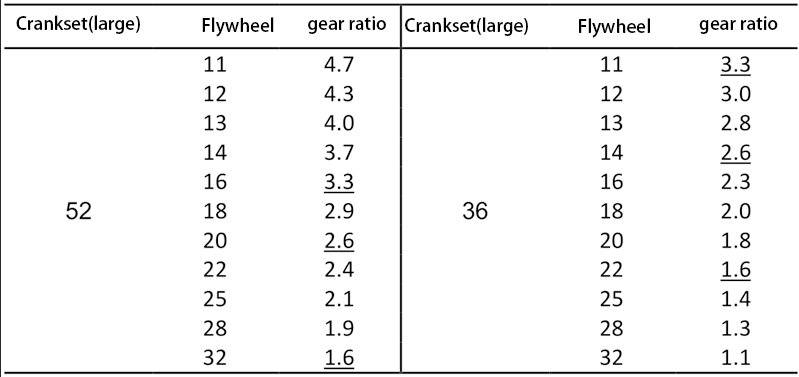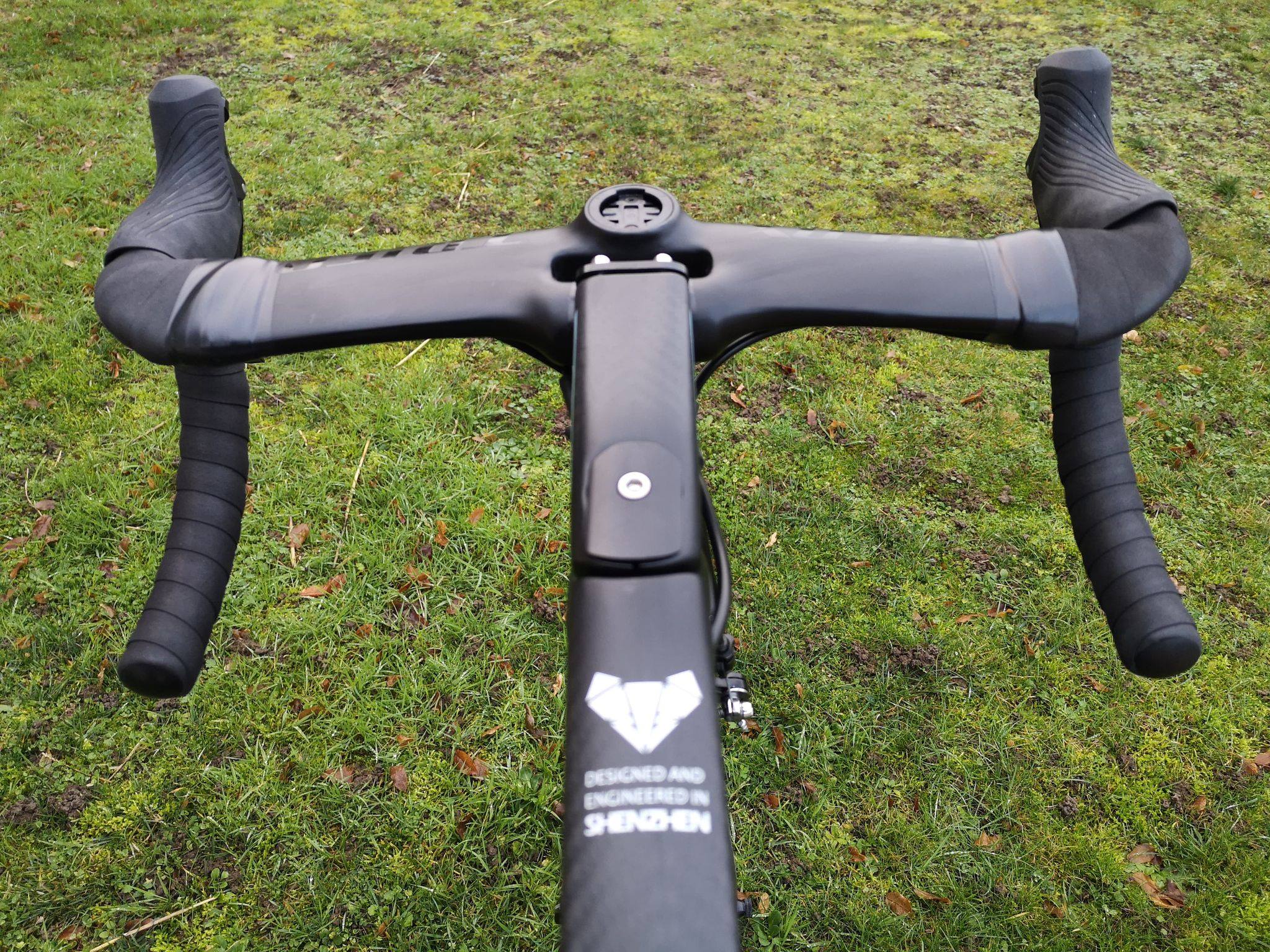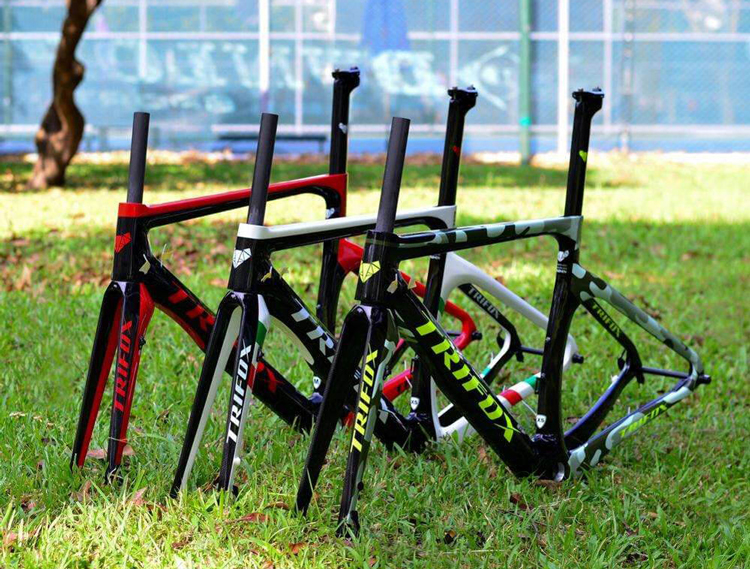As a road bike novice, besides the need to understand various road bike riding positions, the most headache should be how to operate the road bike shifting system and under what circumstances do we need to shift?
With these questions in mind, today we will take you through some of the most basic concepts and operations in road bike shifting. I hope to help some road bike novices.
Initial recognition of road bike shifting
When you get a new bike, the first thing you need to know is how many speeds the bike can change. The product of the number of discs and flywheels on a road bike. The discs are the large discs on the right side of the bike that are connected to the crank, and the flywheels are the small discs on the right side of the bike that are connected to the rear hub. How many speeds are usually referred to as road bikes. In the end, shifting on a road bike is all about adjusting the gear ratio.
If you have a road bike with 2 discs and 11 flywheels, this will give you 2×11 = 22 gear ratios, but this does not necessarily mean that you have 22 gears, and it is likely that different disc combinations will have the same gear ratios. The diagram below shows three ratios repeated 2 times, although they are made up of different discs, the ratios are nearly the same, so there is no difference in the riding experience. So the gearing effect is actually only 19 speeds.

Bicycle gear ratio
As mentioned earlier, gear ratio is one of the important concepts in shifting. Gear ratio indicates the number of times the wheel rotates when the crank or pedal is rotated for one week. If the gear ratio of your current cassette and flywheel is 3, it means that when you pedal for a week, the bike’s wheels will rotate three times. With a fixed pedaling frequency, the larger the gear ratio, the faster the speed, and the smaller the gear ratio, the slower the speed, but also the larger the gear ratio, the more effort it takes, and the smaller the gear ratio, the easier it is.
Front transmission

A front derailleur is a device that adjusts the position of the chain on a road bike cassette. The front derailleur is usually adjusted according to the number of discs on the cassette. If there are two discs, the front derailleur can only convert the chain from large to small, or from small to large.
And the specific way of adjustment will depend on the specific brand of the transmission, although the adjustment is different, but the effect of shifting is the same. In other words, the larger the chain is adjusted to the large disc ratio, the smaller the chain is adjusted to the small disc ratio. There is also a common saying that “hang a big plate on a flat road, hang a small plate on a climb”. In addition, the front derailleur is usually adjusted by the left hand hand shift.
Rear transmission
The rear derailleur is the most frequently operated derailleur on a bike that many novices are aware of. It is usually the operation that adjusts the chain on the flywheel. The flywheel will consist of a set of discs of different sizes, and the rear derailleur will adjust the chain from the large flywheel to the small flywheel, and vice versa.
According to the concept of gear ratio, the chain will be adjusted to the larger flywheel with smaller gear ratio, and to the smaller flywheel with larger gear ratio. In addition, usually the rear derailleur is adjusted by the right hand hand shift.

Shifting in pedaling
Remember to keep pedaling when shifting. When we shift, the shifting system needs to change the position of the chain on the disc to change, it only relies on the force and conduction of pedaling, the chain will hang on the new disc or flywheel. And we need to shift when the right foot is at the top of the pedal, when the right foot is pedaling forward, the conduction from the pedal will hang the chain on the new disc more easily. This is the most effective way to shift the gears, and at the same time has the least impact and loss on the chain and gearing.
Do not cross-chain
When shifting, try to avoid a big front and big back or a small front and small back. These two combinations do not provide efficient gear ratios, and they tend to cause the chain and riding direction are not on the same level, which will cause uneven force on the chain, and it is easy to break the chain or accelerate the wear of the gearing, so remember not to choose cross chain.

Anticipate the road condition in advance
Road conditions change a lot when riding, so you need to change your gears often and make a prediction in advance according to the road conditions. For example, if you ride with a relatively large gear ratio when the road conditions are climbing, the pedaling frequency will naturally slow down and eventually lead to a situation where you can’t pedal, so it’s best to adjust the transmission to a small gear ratio in advance before entering the slope so that the ride won’t be very hard.
Combination of front and rear derailleur
Many people will only use the rear derailleur, in fact, the front and rear derailleurs used in conjunction to play a greater performance. If the road ahead does not change much, such as gentle hills, or simple ups and downs, then you only need to adjust the rear derailleur to achieve more efficient shifting.
If the road conditions change a lot, such as a sudden relatively large uphill, then use a combination of front and rear shifting, choose a suitable gear ratio for riding. But when shifting control the order of adjustment, generally use first adjust the front shifting, and then in the adjustment of the rear derailleur is more appropriate.




















































































